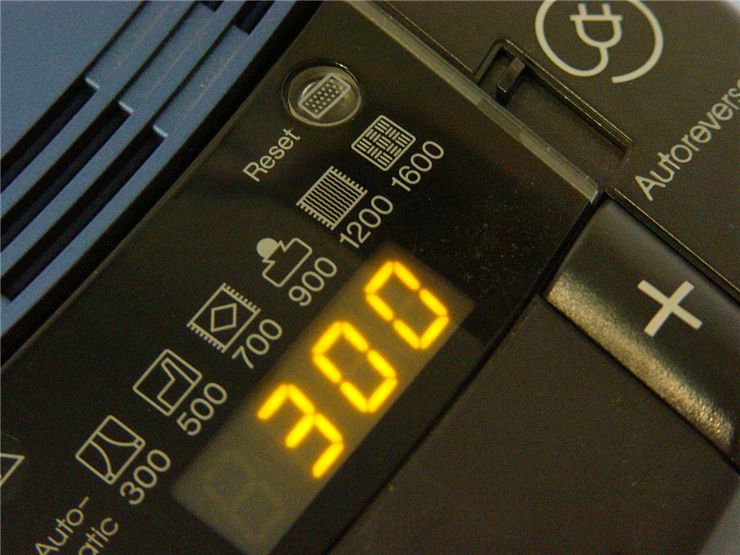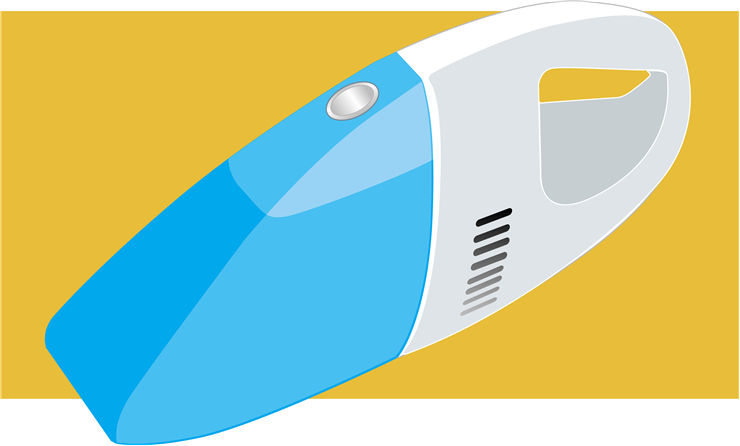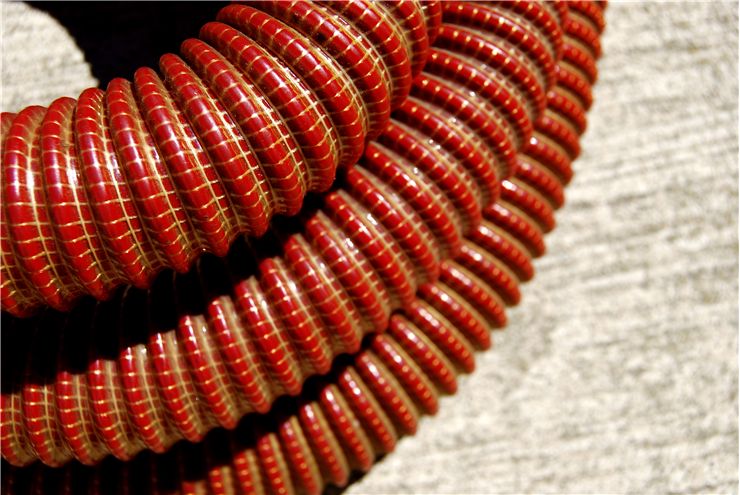Different Designs and Types of Vacuum Cleaners
Customers that look for a vacuum cleaner have many different types to choose from. They look differently, work in different ways, have different efficiency and are used for different purposes.
- Upright variants have a cleaning head (base, a handle and a bag that are attached to the base and rotating brush-roll or beater bar that is in front of the base which loosens the dust so it could be sucked up. This variant has two sub-variants: dirty-air/direct fan and clean-air/fan-bypass. First one has a large fan mounted close to the suction opening and a bag after the fan so the dust passes through the fan. Second has a fan after the bag.
- Canister or cylinder variants have motor and dust collector in a separate unit and vacuuming is done with a hose that has an attachment at the end. They can have a bag or be bagless and are popular in Europe. They are more flexible than upright variants because they use different attachments and because they can reach difficult places like under beds or vacuum stairs and vertical surfaces.
- Drum vacuum cleaners are heavy-duty industrial versions of canister vacuum cleaners. These vacuums have a large vertically positioned drum that can have short “legs” or stand on wheels. They are made to have large volumes and can carry large amounts of dust without emptying. Smaller versions are used in in garages or small workshops and work on electricity while larger are connected to an air compressor whose role is to create Venturi effect whose result is a partial vacuum.
- Wet/dry vacuum cleaners are a sub-variant of drum vacuum cleaners which are designed so they can vacuum liquids without suffering damage. You can use them in outdoor and indoor conditions without problems and their airflow can even be reversed.
- Pneumatic vacuum cleaner is industrial sub-variant of a wet/dry sub-variant which is connected to the air compressor and can also vacuum liquids but in larger quantities. They can also vacuum dry dirt.
- Backpack cleaners are small canister vacuums that are worn on the back and which allow for operator to move quickly when vacuuming without the need to pull the machine behind. They are used for commercial cleaning.
- Hand-held vacuums are small devices that appeared for the first time in 1979 and are used for cleaning smaller amounts of dirt. They can be powered from the mains power or by batteries. Some can even vacuum liquids (wet/dry variants).
- Robotic vacuums are home vacuum that have a certain level of artificial intelligence which gives them some level of autonomy. They appeared for the first time in late ‘90s and since then they improved greatly. Some of them are made to charge by themselves while some can even empty dirt they collected. Some of the famous models are: Electrolux Trilobite, Roomba, Koolvac, Neato XV-11 and Dustbot.
- Cyclonic vacuums don’t use filters but separate dirt by cyclonic separation. When the air with dust enters the cleaner it hits the wall of a cylinder and stays there creating the vortex. Dust leaves the cylinder under the centrifugal force and gravity.
- Central vacuum cleaners (or built-in) are a part of the building installation. Main vacuum machine is of canister/cylinder variant, stationary and placed somewhere in the building which has pipes instilled in the walls that lead to every room of the building. Cleaning is done by connecting a hose with an attachment in the room which is cleaned.
- Constellation (hovercraft) was a model of vacuum from 1960s. It had no wheels or sleds like other vacuums but it floated on its exhaust like a hovercraft. It was later discontinued but rereleased in 2006 and discontinued again in 2009.


